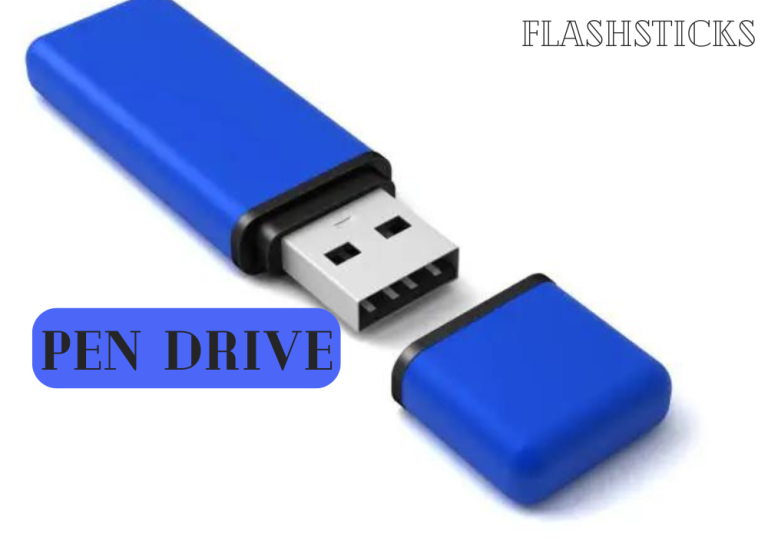The Ultimate Guide to Choosing the Best Flash Sticks for Backing Up Important Files
In the digital age, our most valuable assets often reside in the virtual realm. Losing important files due to a device malfunction, cyberattack, or human error can be devastating. Flash sticks offer a convenient and portable solution for backing up your precious data, safeguarding it against unforeseen events.
Key Considerations for Choosing a Flash Stick
To select the best flash stick for your backup needs, consider these crucial factors:
Capacity:
Determine the storage space you require based on the size of your files. Flash sticks typically offer capacities ranging from 16GB to 1TB+, allowing you to accommodate small or large backups.
Read/Write Speed:
The speed of a flash stick is measured in megabits per second (Mbps) or megabytes per second (MB/s). Faster speeds ensure quicker backups and file transfers, reducing downtime.
Durability:
Durability refers to the ability of a flash stick to withstand wear and tear. Consider features such as a tough exterior, water resistance, and shock protection to prevent data loss in adverse conditions.
Encryption:
Encryption protects your backed-up data from unauthorized access. Look for flash sticks with built-in encryption features, such as AES-256, to safeguard your sensitive information.
Additional Features:
Some flash sticks come with additional features, such as compatibility with multiple devices (USB-A, USB-C), keychain attachment, and built-in data management software. These features can enhance convenience and functionality.
Benefits of Using Flash Sticks for Backup
Portability: Flash sticks are small and lightweight, allowing you to easily transport your backups wherever you go.
Reliability: Flash sticks are generally more reliable than optical media (e.g., DVDs) due to their solid-state design.
Speed: Compared to other backup methods (e.g., external hard drives), flash sticks offer faster data transfer speeds.
Cost-effectiveness: Flash sticks are typically affordable and available in various price ranges.
Practical Tips for Effective Backup with Flash Sticks
Regular Backups: Establish a regular backup schedule to ensure your files are up-to-date.
Multiple Copies: Create multiple backups and store them in different locations for added data protection.
File Organization: Organize your backed-up files into logical folders for easy retrieval.
Version Control: Keep previous versions of backups to allow for recovery of earlier file versions.
Secure Storage: Store your flash sticks in a secure and accessible location to prevent unauthorized access or damage.
Case Studies: Real-World Success Stories
Case Study 1:
A photographer recovered critical photos from a corrupted memory card using a flash stick backup.
Case Study 2:
A student prevented the loss of an entire semester’s work by restoring assignments from a flash stick backup after a laptop crash.
Conclusion
Choosing the right flash stick for backing up your important files is crucial for protecting your digital assets. By considering the key factors outlined above and incorporating practical tips into your backup routine, you can ensure the safety and accessibility of your valuable data. Remember, backups provide peace of mind, knowing that your irreplaceable memories and essential documents are safeguarded against the unforeseen.







